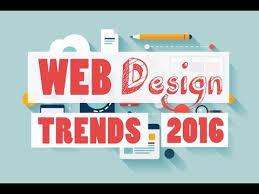
Web Design Trends Of 2016 To Know
Since the advent of browsers in 1996, web designing has evolved by leaps and bounds. Earlier browsers laid focus on good presentation while making the designing a complicated process. December 1996 saw the introduction of CSS and Flash, which supported presentation along with ease of website development. As the web has tightly integrated into our lives in recent times, the usage of the internet has changed, demanding a change in the way sites today are designed. Here are some trends from http://soapagency.co.uk that you should consider for 2016 on the 20th anniversary of browsers.
Updated HTML, CSS and JavaScript have allowed for the designing of more user-friendly, interactive interfaces of websites without compromising on the clarity or ease of navigation of the sites. Today, complex interfaces might require additional plug-ins but not advanced coding skills. The style of site layouts has also changed since the 20th century. Fluid layouts have increased in popularity to enable recognition of the details of the reader's screen adjusting the dimensions of the webpage specific to the user.
Today, web designing encompasses a range of web designing including optimization of search engines, standardizing code and proprietary software, authoring, design of user experience, designing interface and designing web graphics. Individuals specialize in each of these aspects although it is possible for a single person to understand and operate them all.
The spike in popularity of the internet has correspondingly led to an increase in web designers as an employment. The concept of web designing has become a niche in itself which encompasses a wide range of skills and has led to the evolution of better, less error-prone websites and less bulky code designing the websites. Their maintenance in itself involves an integral knowledge of web design. Together, they have pushed in the modern era of a user friendly, interactive interface for communication, media and information. It has become a crucial part of this day and age and will continue to be an important aspect of technological advancement.

